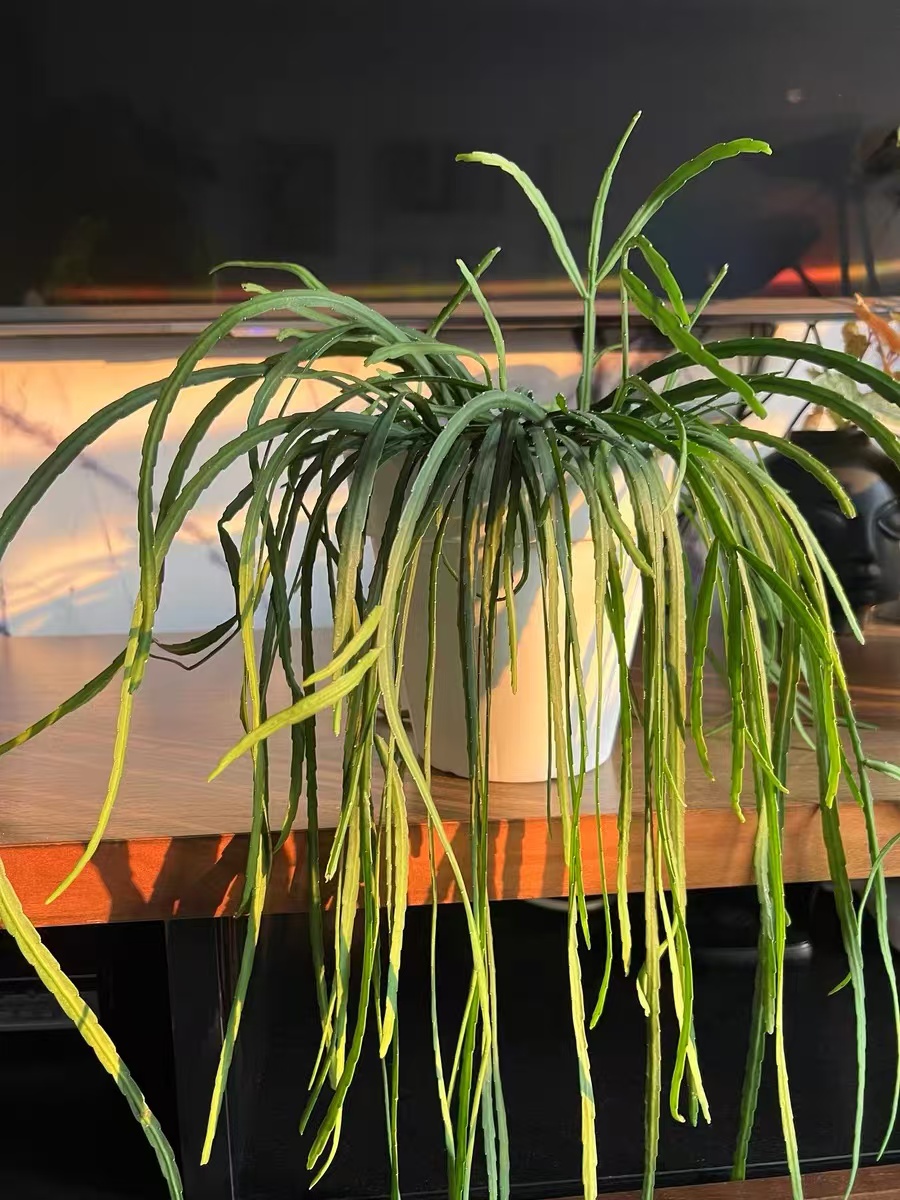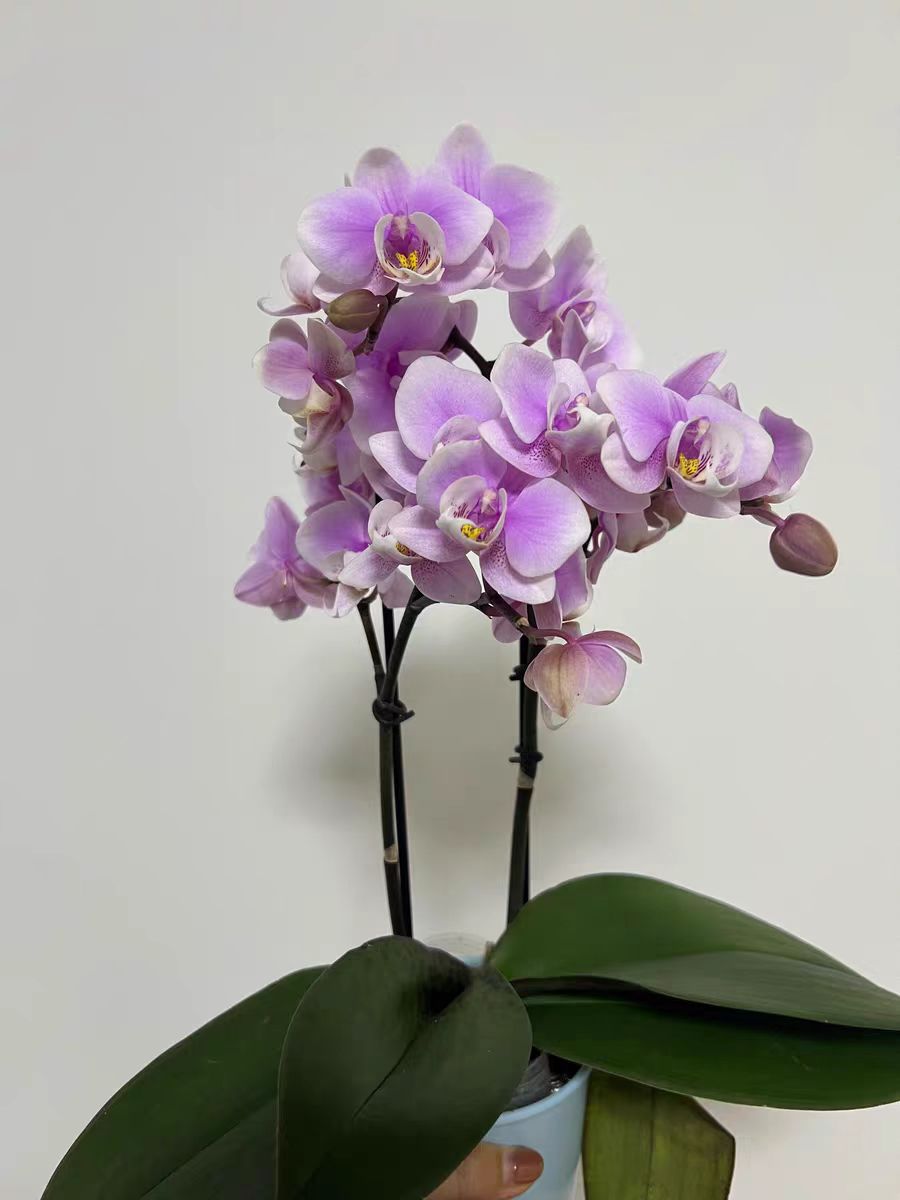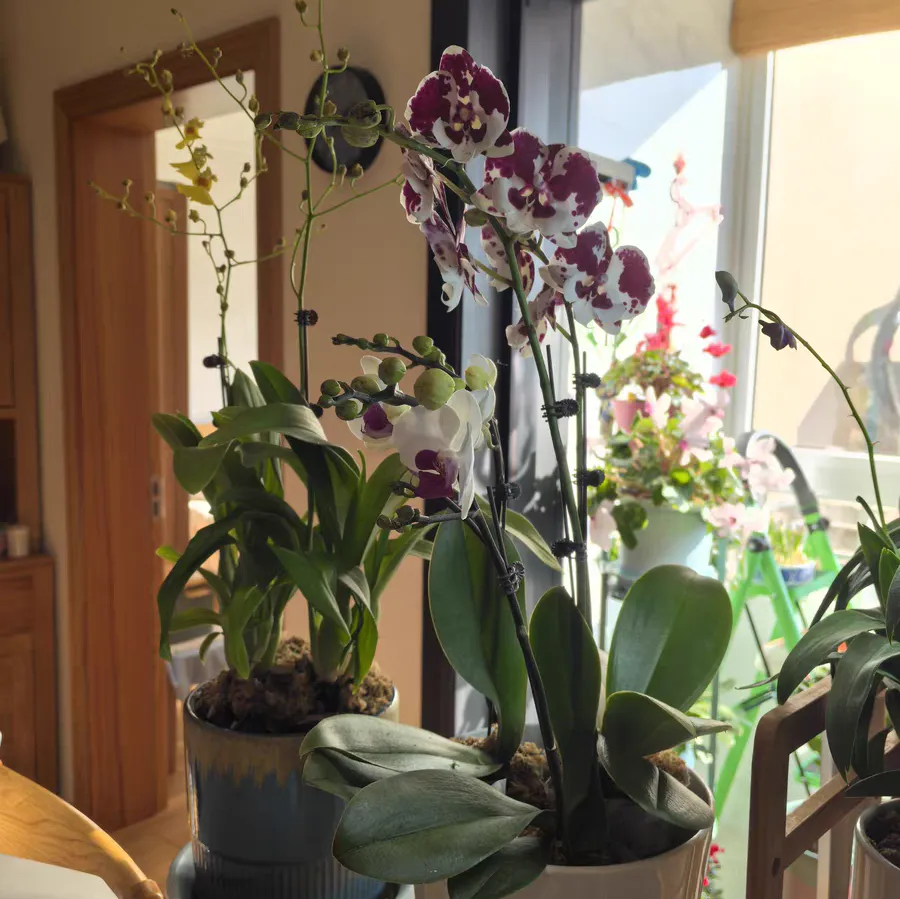Do you also have such a problem that you want to grow some green plants on your balcony, but the balcony space is too small to hold many potted plants? A vertical succulent garden not only saves space but also adds a unique charm. This article will take you to understand the benefits of vertical succulent gardens and introduce some common succulent varieties.
Benefits of Vertical Succulent Gardens
Space-saving:
The greatest advantage of a vertical succulent garden lies in its space-saving feature. By hanging or climbing, succulent plants can show rich layering within a limited area, which is very suitable for urban apartments or small-sized residences.
Beautifying the Environment:
Succulent plants have various shapes and rich colors, which can create a unique visual effect. The design of a vertical garden can display succulent plants in an artistic way, adding a touch of vitality and energy to the home environment.
Purifying the Air:
Succulent plants have a certain air purification function. They can absorb harmful substances in the air and release oxygen. The setting of a vertical garden enables these plants to better play this role, providing a healthier living environment for the residents.
Reducing Stress:
Studies have shown that interacting with and taking care of plants can reduce people's stress levels and increase their sense of happiness. A vertical succulent garden is not only an object for viewing but also a space where one can interact with it and relax.
Easy to Maintain:
Compared with other plants, succulent plants have lower requirements for water and fertilizers, making them more suitable for busy urbanites to maintain. The design of a vertical garden also facilitates unified management and maintenance, reducing the difficulty and time cost of maintenance.
Introduction to Vertical Succulent Varieties
Othonna capensis 'Ruby Necklace':
Othonna capensis 'Ruby Necklace' is a charming trailing succulent plant. Its emerald-green leaves will gradually turn pale purple in sufficient sunlight, just like strings of crescent moons hanging on the vines. In an environment with a large temperature difference, it will also bloom beautiful yellow small flowers, which is very suitable for decorating window sills or balconies.
Senecio rowleyanus:
The leaves of Senecio rowleyanus are round and plump, like full jadeite beads, hence its name. It is a very suitable succulent plant for trailing cultivation. Its branches hang down, like bead curtains hanging on the windows. Senecio rowleyanus likes a bright light environment but should avoid excessive exposure to the sun. Keeping the soil loose and well-drained is the key.
Ceropegia woodii:
Ceropegia woodii is a trailing herbaceous plant. Its leaves are opposite, resembling little hearts, which are very cute. It is suitable for climbing or trailing cultivation in a hanging pot and can bloom pink small flowers. Ceropegia woodii does not have a high demand for light. A scattered light environment is sufficient. For daily watering, the principle of watering when the soil surface is dry should be followed to avoid excessive moisture.
Sedum morganianum:
Sedum morganianum, also known as Jade Necklace, has lanceolate leaves, like pieces of jade, with a yellow-green color and a semi-transparent jelly-like appearance. It grows fast and is easy to trail into a long string, making it an ideal choice for creating a vertical garden. Sedum morganianum is not very picky about the soil. Loose and fertile sandy soil can meet its growth requirements.
Rhipsalis baccifera:
Rhipsalis baccifera is a succulent plant of the Cactaceae family. It is heat-resistant and drought-tolerant, suitable for novice cultivation. It has many varieties, and the shapes and colors of its leaves are different. Rhipsalis baccifera likes a scattered light environment. Maintaining a certain air humidity is beneficial to its growth. During the cultivation process, avoiding frequent potting changes and excessive watering is the key.
Dischidia nummularia:
Dischidia nummularia, also known as Button Orchid, has round and cute leaves. If properly maintained, it can also bloom delicate small flowers. It is suitable for being cultivated as a potted plant on the balcony or window sill. It requires good ventilation and more sunlight. In summer and autumn when the temperature is high, avoid excessive exposure to the sun. Water it when the potting soil is completely dry.
Hoya carnosa:
Hoya carnosa is a common indoor succulent plant. It has thick vines that can climb up on supports or be cultivated as a trailing plant in a hanging pot. Its leaves are thick and juicy, and it can bloom umbrella-shaped small flowers. Each small flower is delicate and charming, with a fragrance. Hoya carnosa does not have a high demand for light. A scattered light environment is sufficient. Pay attention to avoiding frequent watering and excessive moisture.
A vertical succulent garden is a very suitable garden solution for those who have small balconies. It can use vertical space to grow succulent plants, which not only saves space but also looks beautiful and interesting, and has many benefits. A vertical succulent garden is not only beautiful and practical but also can bring us health and happiness. By choosing suitable succulent varieties, we can easily create a vertical garden full of vitality and energy.
What are the Benefits of Growing Vertical Succulent Gardens?

Share with
Tagged in :




Leave a Reply